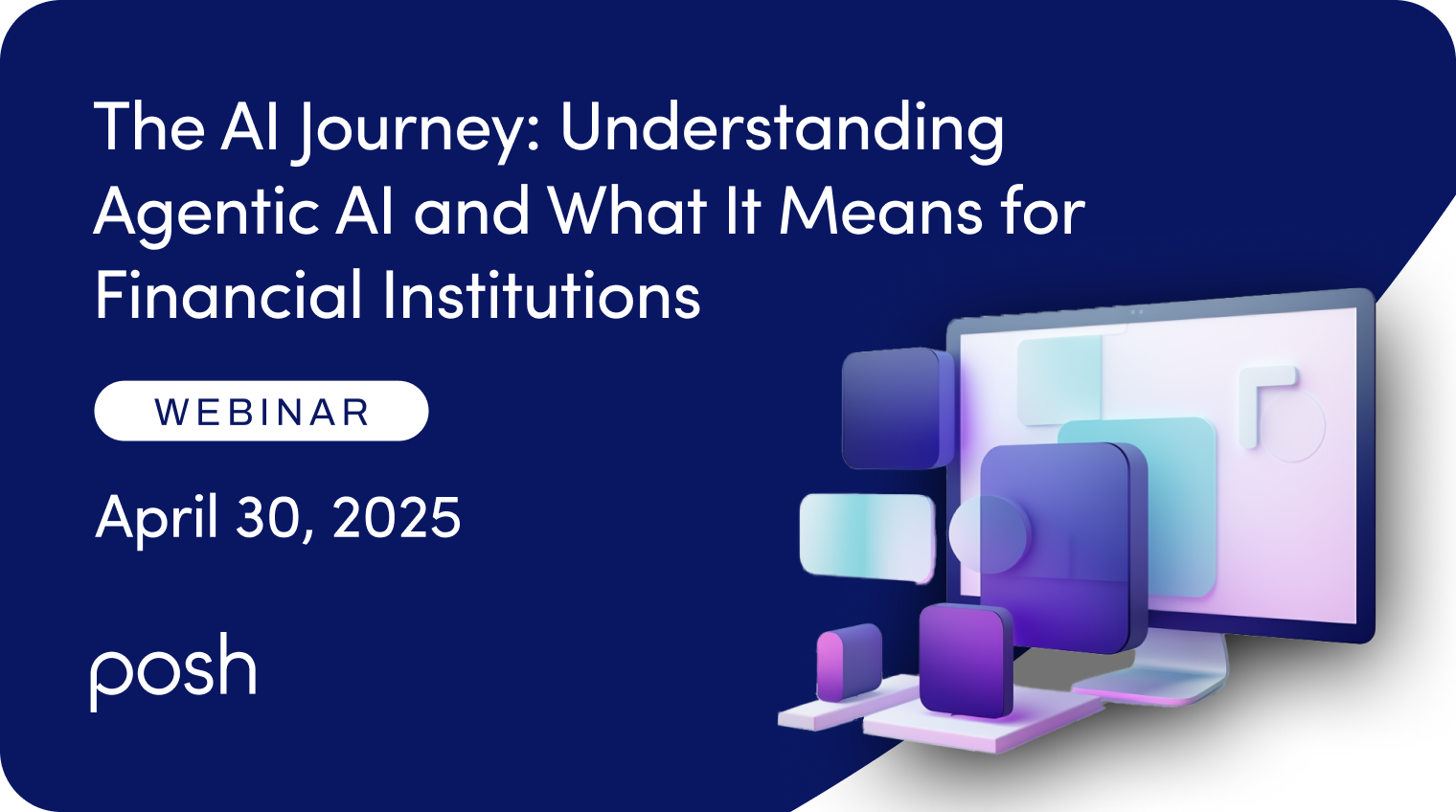AI for Community Banking
AI is completely transforming the banking industry in many ways - we’ve seen it enhance customer service, maximize operational efficiency, provide risk detection, data analytics, predictive analysis, and so much else.
Big banks, in particular, can get ahead of the AI curve due to their resources and capabilities, allowing them to fold in AI at a faster rate than smaller financial institutions can. It’s a competitive advantage for big banks and a hurdle for community and regional banks as they aren’t usually able to scale at such a rate.
This highlights a pressing issue: community and regional banks are underserved by large tech companies, and we are seeing the same thing unfold with AI technology.
Inherent Obstacles
Aside from being overlooked by large tech companies, community and regional banks operate at a more locally ingrained level than their larger competitors.
Community Banks, as defined by the FDIC, have “characteristics [that] tend to revolve around how and where a community bank conducts business. For example, community banks focus on providing traditional banking services in their local communities.”
Their level and quality of community service are ingrained into their business, allowing them to compete with large banks through exceptional customer service.
However, with the revolution of AI in banking, big banks can now improve their customer service capabilities, often at a larger and faster scale. At this rate, it becomes nearly impossible for community banks to keep up. They remain eclipsed by larger banks who partner with big tech companies or who have enough resources to develop their own AI (like the Well’s Fargo’s and Bank of America’s of the world).
Aside from the macros, community banks are still left with several unique challenges:
- Underserved and Overlooked: Community banks are left out by larger AI companies who seek to capitalize on larger banks and corporations and underserved by AI providers
- Resource Constraints: Resources can be limited, and those that are available are often inflexible options
- Limitations: AI technology is still developing, which means there can be a lot of technological boundaries when it comes to adopting AI
- Pressure to remain competitive: There is immense pressure to be innovative and use AI, often with no follow-through or understanding of how to do it
With all of these in mind, it’s important to understand there is no one-size-fits-all solution, even within the banking industry. But, that doesn’t mean a solution does not exist.
The Time to Act is Now
Integrating AI is a massive facilitator of success. We’re seeing it internally: AI boosted worker productivity by 14% and externally: AI can facilitate a 3.5 times greater increase in customer satisfaction rates.
The landscape can be overwhelming thanks to buzzing data points and articles like the ones above, and the increasing number of AI companies can add unnecessary choice and confusion to the process.
Karim Lakhani, a professor at Harvard Business School who specializes in workplace technology and particularly AI, gives this piece of advice to companies regarding implementing AI, “Instead of pushing against it and saying, “No,” you need to embrace it and run bootcamps, run use case analysis, figure out where it’s useful in your use cases, and figure out where it’s actually going to be very helpful.”
The bottom line is - integrating AI can bring great success to the financial industry, especially community banks. But at Posh, we believe it is only a success if done right.
Lakhani also says, “The best companies will be the ones that can understand how change becomes a skill.”
Community Banks Deserve Specialized AI Expertise
Solutions are only as good as their specificity. AI is not a universal product that can be tacked on for every industry, and such an approach certainly should not be taken for sub-industries.
Many technology providers are jumping on the bandwagon to incorporate AI into their portfolio of solutions in an effort to appeal to the masses and stay on trend. As a result, they often offer incomplete solutions. This approach can often lead to common drawbacks like:
- Inaccurate Results (Hallucinations)
- Breaches in Data Privacy
- Compromises to client security
- A generic product that doesn’t take into account specific needs, resulting in low-yield results
- Biased responses
Finding the right partner is crucial, especially when it comes to mitigating the above issues.
Conclusion
Understanding and overcoming the barriers of entry for community banks is integral to securing growth and success. Doing so will help bridge competitive gaps, revitalize operations, bring innovation to critical touchpoints, and elevate the end-user experience.
AI is poised to give community banks a competitive advantage. In the next blog, we’ll describe how community banks can use AI to stay competitive.
Posh is committed to empowering community banks and credit unions with the power of AI, prioritizing safety and security while promising best-in-class service and unparalleled industry expertise.
***
Resources:
- https://news.mit.edu/news-clip/nbc-boston-24
- https://techcrunch.com/sponsor/nice/how-ai-brings-customer-service-to-the-next-level/
- https://www.fdic.gov/resources/community-banking/report/2012/2012-cbi-study-1.pdf
- https://hbr.org/2023/08/ai-wont-replace-humans-but-humans-with-ai-will-replace-humans-without-ai


Blogs recommended for you

December 1, 2023
AI Executive Order: Insights and Takeaways for Financial Services
Read More
AI Executive Order: Insights and Takeaways for Financial Services


Event -
Overcoming Barriers to Entry: AI for Community Banking
Are you attending and interested in learning more?
Register today
Visit event page to learn moreEmail info@posh.ai for the recording!

August 31, 2023

4:41 pm

Virtual event



Event Details
Speakers
No items found.










